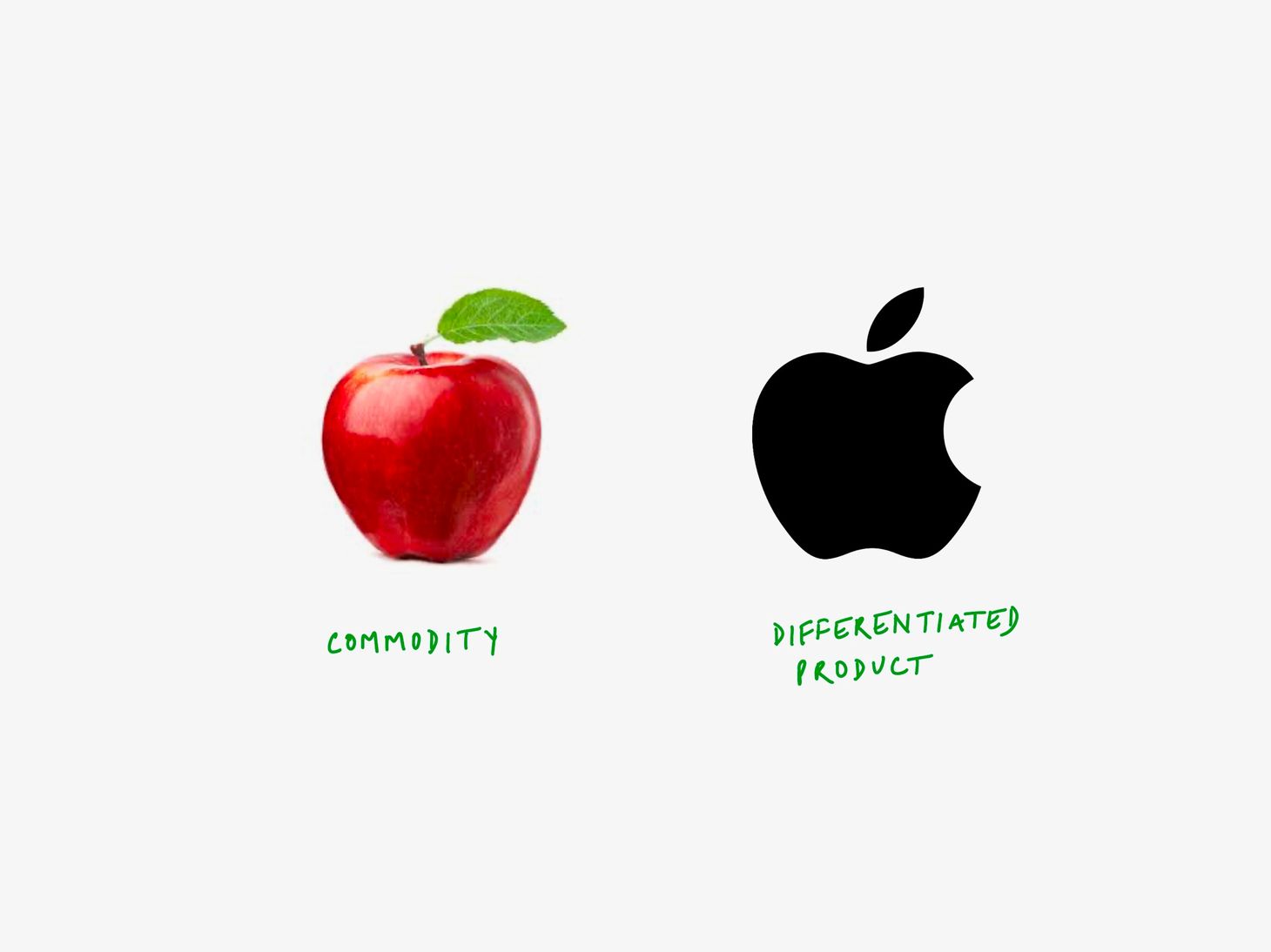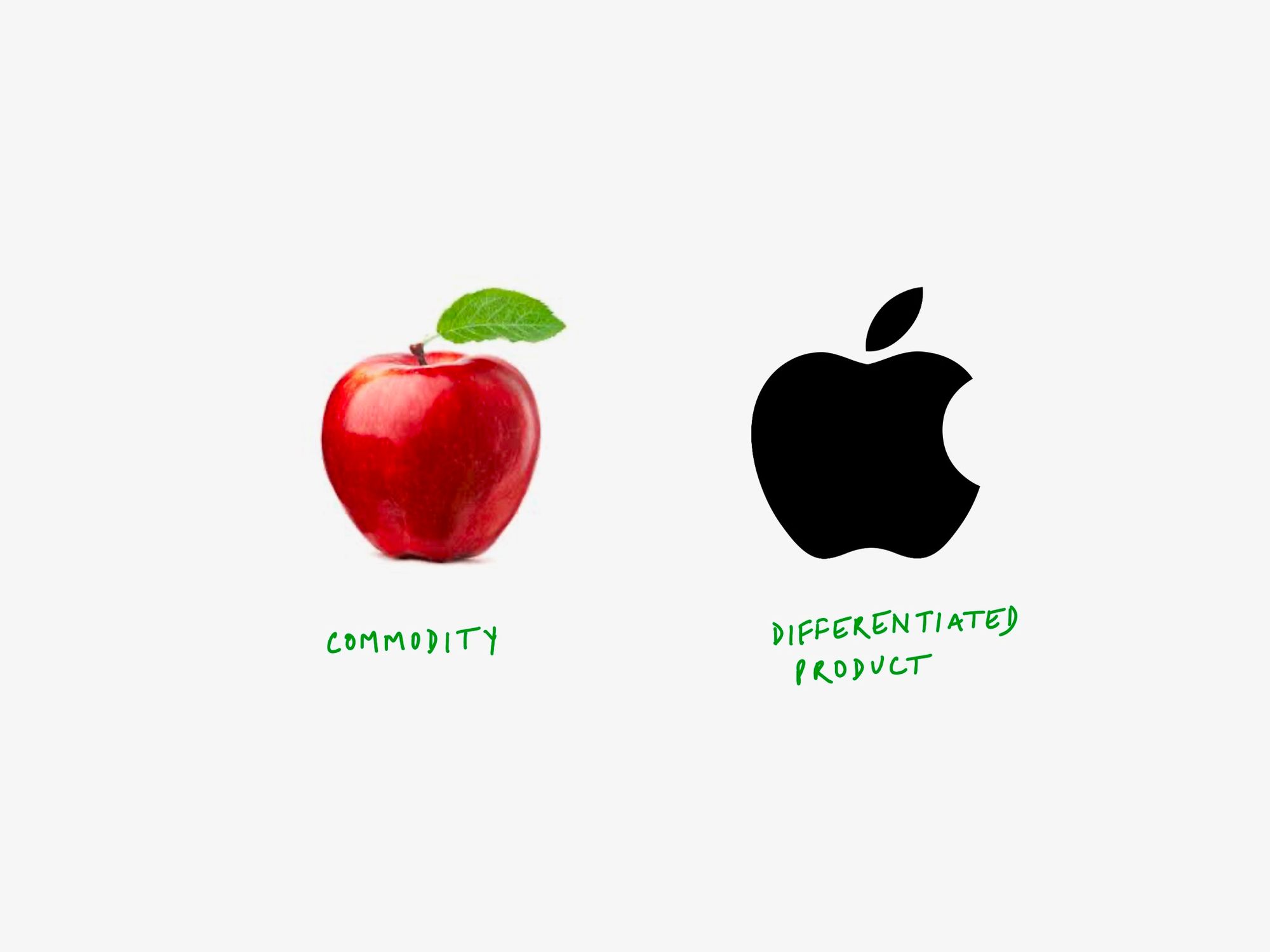The Life Story Of A Business
The elusive pursuit of an impenetrable moat...

Table of Contents
Hey there,
Happy Tuesday! With COVID-19 refusing to go away, I genuinely hope you and your family are safe and well. Please be cautious, and take good care of yourselves.
This week, I thought of taking you all on a journey through the life of a business. From the idea and the beginning, to the growth and challenges faced along the way, to different stages and the decisions they require, and finally to business maturity. You'll find here core tenets of business strategy, which I hope you'll enjoy.
Let's dive in.
Fulfilling a need
All businesses start with the entrepreneur spotting an "unfulfilled need in society", "a gap in the market"...
- a more efficient way to browse the internet ⇒ Google
- watch movies and TV shows on demand ⇒ Netflix
- an easier way to hire a cab ⇒ Uber
Each of them found a space in which they could make a compelling offering, and then executed it to perfection. You must be thinking, "I know, Shiven. But these are established businesses, tell us something more relatable."
Let's do this through a story. Introducing - Bani.
Bani has just graduated with a degree in Business Management, and is deciding her next career move. She has three weeks to respond to a consulting company that has offered her a role with a good starting package.
During this time, she goes on a family getaway to a hill-station where they stay at a new hotel of a popular chain - Hotel First. To her utter dismay, she finds that all their bakery items taste terrible. The management says that due to the hotel's location, they've always found it difficult to find a dependable baker for supplying high quality bakery products. This problem has been hurting their customer experience for months.
Bani is unable to sleep that night. She's confident that she can bake better than the Hotel First's current vendor. The next day, she's the first to the restaurant for breakfast. She asks the manager a ton of questions - the quantity of breads and cakes they procure per month, the different varieties, their specifications, and so on. She nags the manager to let her into the kitchen to bake one cake for them, as a sample. She bakes a cake she's baked a hundred times for family and friends - the banana cake. It's a hit! Everybody loves it!
The hotel offers her a two week trial contract for supplying all varieties of breads and cakes that they need. She negotiates prices while keeping a decent profit margin; the hotel accepts. Despite some teething problems, the trial is a success! She wins a 6 month contract, and BakerBani is in business! Sorry consulting company, Bani's an entrepreneur now.
What did she do that unearthed this business opportunity?
She spotted - "a gap in the market".

Next step: Earn Profits
Hotel First has started getting rave reviews for their bakery items. Zomato and MakeMyTrip ratings have improved as well. Bani has started receiving interest from other properties of Hotel First's chain, and from other hotels at the hill-station. She's signed a dozen more contracts within a year of being in business!
Business growth often happens in spurts, it's important to not lose sight of the product quality on offer since that's the reason for it all. Bani does a good job of that. She's been lucky too. Her family has been very helpful, two of her friends joined as accounting and delivery managers.
Revenues, profits, workload, and staff - all have been growing. She had to move her business operations to a commercial kitchen with fancy facilities to ensure - baking at scale, storage, packaging, order fulfillment, and so on.
Her lifestyle has escalated too - fancy clothes, a chauffeur driven car, foreign vacations, invitations to business forums to share her journey. She's truly basking in the glory of her success. As the magazines would say, she has it all!

Profits attract competition
Since time immemorial, humans have tried to outcompete one another for power and supremacy. Seeing BakerBani thrive - startups and other established players have started to make offerings in this space - bakery products to hotels.
Soon enough, Bani loses two hotels to competitors.
This came as a wake up call. Her products were still very good, but she had probably become a little complacent. She needed to understand the finer aspects of business strategy to turn this corner.
Competition inspires improvement

Recognizing the threat, Bani decides to reconnect with her favorite teacher from college who taught business strategy. He reminds her of a business owner's strategic options when faced with business threats -
- Add offerings - like savory items, milkshakes, chocolates, cereals, etc. This gives buyers the option to procure more and more requirements from a vendor they're already comfortable with, and saves them the trouble of managing multiple vendors.
- Add another channel - Like starting a direct to customer offering, or opening a coffee shop, selling to corporates, airlines, railways, and other bulk consumers. This reduces one's dependence to one industry, in Bani's case - hospitality.
- Reduce prices - this is the oldest play in the book. Reducing prices kills off the competition, as they're unable to sustain business operations at reduced prices. This allows established producers to regain and retain their market share. This strategy is sustainable if the business is a low cost producer, and is temporarily doable if the business has cash to burn, with the aim of killing the competition.
- Differentiate - this is the best way to sustain and amplify the competitive advantage of a business. It can be done by - offering superior products, customizable options, socially responsible products, impeccable customer service, adding a personal touch, and so on. Anything which creates customer delight and enhances their stickiness with the product or brand, is a path to business-advantage-land.
- Do nothing - this is a sure shot strategy to get left behind. We often see many businesses resorting to this due to - ignorance, different priorities, situations that make them too rigid to change (example, when changing means losing existing customer base), etc.
Strengthening a business
Bani thanks her teacher for these inputs, and gets into intense research mode. She starts reading online about business strategy, and finds some amazing content (PS - this Sara Blakely's MasterClass is phenomenal). Bani comes away with two major learnings:
- There are two types of products - commoditized and differentiated. And a business owner must recognize the category they compete in.
- Commoditized products are similar, no matter who the supplier. Example, screws and nails used in carpentry are hard to tell apart no-matter their supplier. For commoditized products, the buyer considers only the price. Hence, vendors with the lowest cost of production reduce prices to the point that no one else can compete, and end up becoming market leaders. So, reducing prices is the only strategy for commodity businesses.
- Differentiated products set themselves apart in the minds of buyers, and hence justify a higher price tag. Common examples are Coca-Cola and Apple iPhones. Suppliers of these products resort to creative ways to build and continually enhance their product differentiation.
Bani knows intuitively that her products aren't commodities, she's definitely playing the differentiated products game.

- In olden times, castles and forts with high walls would have water bodies filled with crocodiles and piranhas around them. These water bodies were called moats, and were a form of defense against invaders.

The concept of a moat is often used in business parlance to explain the competitive advantage of a business; with invaders seen as competitors trying to outcompete the business to steal their profits. The question for the business owner hence becomes - what are the ways of widening one's moat?
- Having the lowest cost of production - If one can do this while maintaining quality, it's a near unbeatable strategy. (covered above)
- Constant innovation - This entails constant improvement of customer experience, and additive ways of keeping a customer hooked. Example - a loyalty program, exclusive benefits, etc.
- Create network effects - These are extremely hard to achieve, but offer remarkable competitive advantages. These exist when an incremental benefit accrues to the network with the addition of each subsequent user. Another advantage that comes with network effects is - high customer switching costs (when it's cumbersome or expensive for the customer to move to an alternative product. Just ask a perennial iPhone user to move to Android). In our example - if BakerBani become so popular with customers that hotels start putting up signs saying - "BakerBani's products are available here", in order to attract customers. With every additional hotel that puts up such a sign, the remaining hotels are compelled to partner with BakerBani, just to maintain their customer base.
- Control demand - I had explained this in an earlier article, linked here. In essence it means, in the digital age, controlling demand counts for far more than controlling supply. Because now, more than ever, the customer is king! Based on this rule, it would make sense for Bani to start a direct to customer offering.
Convinced that she cannot get complacent about her business, she tunes in with renewed motivation. She notices that some competitors are copying her work, but instead of fighting them legally, she decides to focus her energy to improving her offerings everyday. ie - Constant Innovation.
She doubles down on quality, and makes a renewed effort to build stronger relations with her best customers. She also starts planning her direct to customer offering from her own website and through Instagram. ie - Controlling Demand.
Just like Bani, one can incorporate any combination of the above into their business strategy.
To Summarise
A business is a means to serve society while earning a livelihood. But, the human race competes for resources and for supremacy.
Complacency in business brings marauders who want to take away your profits. Hence, build your moat and constantly strive to widen it.
There is rarely a time when a business does nothing to improve, and its market share would sustain over time.
Failing to innovate and continually adapt to the changing times, leads to business death.
Conclusion
Everything in creation that has a beginning, must have an end too. The idea in business is to prolong its existence for as long as possible.
That can be done by constantly trying to widen the moat during the good times, and doing the needful to stay alive during the bad times.
For investors, finding a business with a wide moat and an able commander leading the business within the castle, is hard enough. If one can do that, while buying the stock at a reasonable price, that's where investing gold lies.
Until next week!
Stebi Newsletter
Join the newsletter to receive the latest updates in your inbox.

